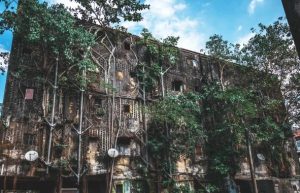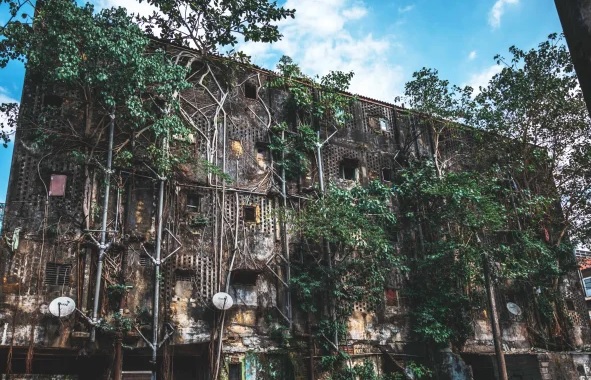Urgent Focus Needed on Crumbling Buildings in the Capital
The deteriorating condition of buildings in the capital demands immediate attention and action. As structures crumble and pose risks to inhabitants and passers-by, addressing this issue becomes paramount.

With hazards ranging from crumbling facades to weakened foundations, the safety of these buildings cannot be left unchecked. The National Building Research Organization (NBRO) must play a central role in assessing the structural integrity of these buildings, providing vital reports to guide necessary interventions.
Furthermore, regulatory bodies such as the Colombo Municipal Council (CMC) need to take decisive steps to enforce building codes and ensure compliance with safety standards. Legal measures must be implemented to hold negligent owners accountable and prevent further deterioration of these structures.
The plight of residents living in precarious conditions within these buildings cannot be ignored. Their safety and well-being should be prioritized through swift and effective measures to address the structural deficiencies and provide alternative housing solutions where necessary.
As the capital serves as the economic and cultural hub of the nation, safeguarding its infrastructure is not only a matter of public safety but also crucial for the country’s development and reputation. Failure to address the issue of crumbling buildings in the capital risks not only lives but also undermines confidence in the urban environment and hampers progress.
It is imperative that all stakeholders, including government authorities, regulatory bodies, and the public, collaborate urgently to tackle this pressing issue and ensure the safety and resilience of the capital’s built environment. Only through concerted efforts can we prevent further deterioration and create a safer and more sustainable urban landscape for all.
Causes of Crumbling Buildings:
Abandonment by investors and owners
Low-quality construction materials and practices
Unauthorized alterations and expansions without proper approvals
Negligence of engineering guidelines by owners and contractors
Lack of proper maintenance and upkeep







